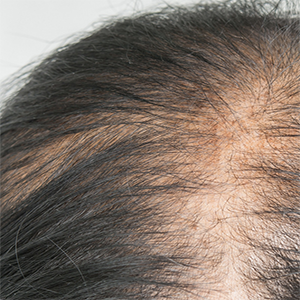Hair disorder in dr. Cipto Mangunkusumo cosmetic dermatology and venereology outpatient clinic of Jakarta, Indonesia: a socio-demographic and clinical evaluation
 Smart Citations
Smart CitationsSee how this article has been cited at scite.ai
scite shows how a scientific paper has been cited by providing the context of the citation, a classification describing whether it supports, mentions, or contrasts the cited claim, and a label indicating in which section the citation was made.
Hair disorder has a significant impact on sociopsychology. In Indonesia, there are currently few and out-of-date studies on hair disorders. Our study aimed to provide an update on the epidemiology of hair loss, which is common in Indonesia. This is a retrospective study of hair disorder cases seen at Dr. Cipto Mangunkusumo’s Cosmetic Dermatology Outpatient Clinic at the National Central General Hospital from January 2017 to December 2019. Each patient’s age, gender, family history, education, occupation, body mass index (BMI), comorbidities, and diagnosis were recorded. Hair disorders were found to be more prevalent in males (54.6 percent) with a mean age of 26.41 ± 12.8 years old and the highest age group of 18-39 years old (59.4 percent) among the 64 patients who were eligible for the study. There were 32 cases (50.0%) of alopecia areata (AA), 20 cases (31.2%) of alopecia androgenetic (AGA), 9 cases (14.0%) of telogen effluvium (TE), 2 cases of cicatricial alopecia (CA) due to lupus erythematosus (DLE), and 1 case of trichotillomania (TTM). Female patients had significantly more TE cases. Cases of AGA in the study, mainly early-onset AGA (mean age 29.45 ± 10.29 years old, 39.5% in 18-39 years old) showed a significant positive familial history. At dr Cipto Mangunkusumo National General Hospital Jakarta, the most common types of hair disorders were AA, AGA, and TE, with each disease having a unique socio-demographic and clinical profile.





 https://doi.org/10.4081/dr.2022.9341
https://doi.org/10.4081/dr.2022.9341





